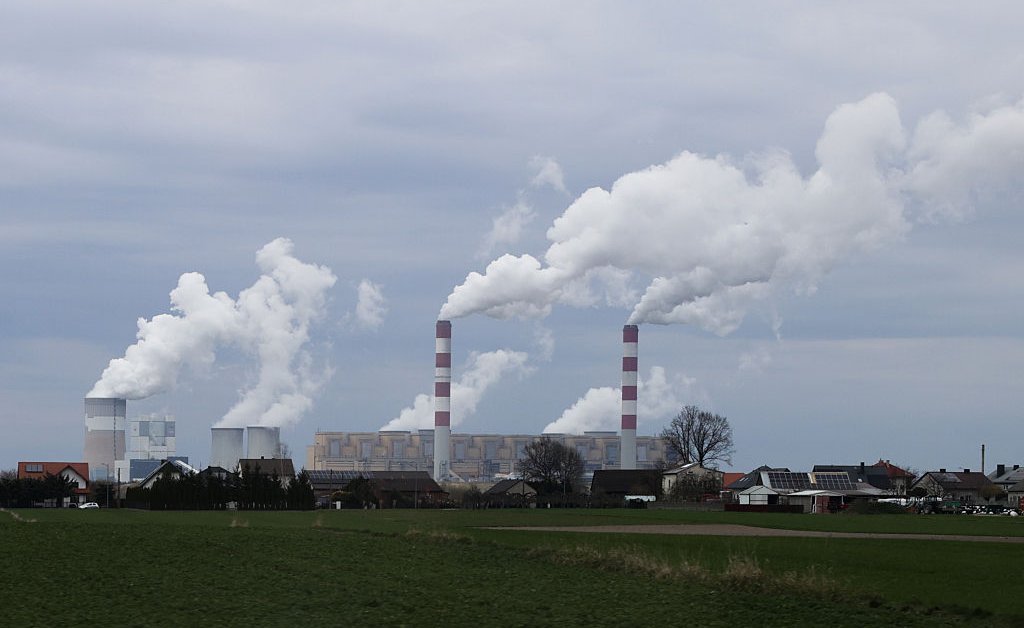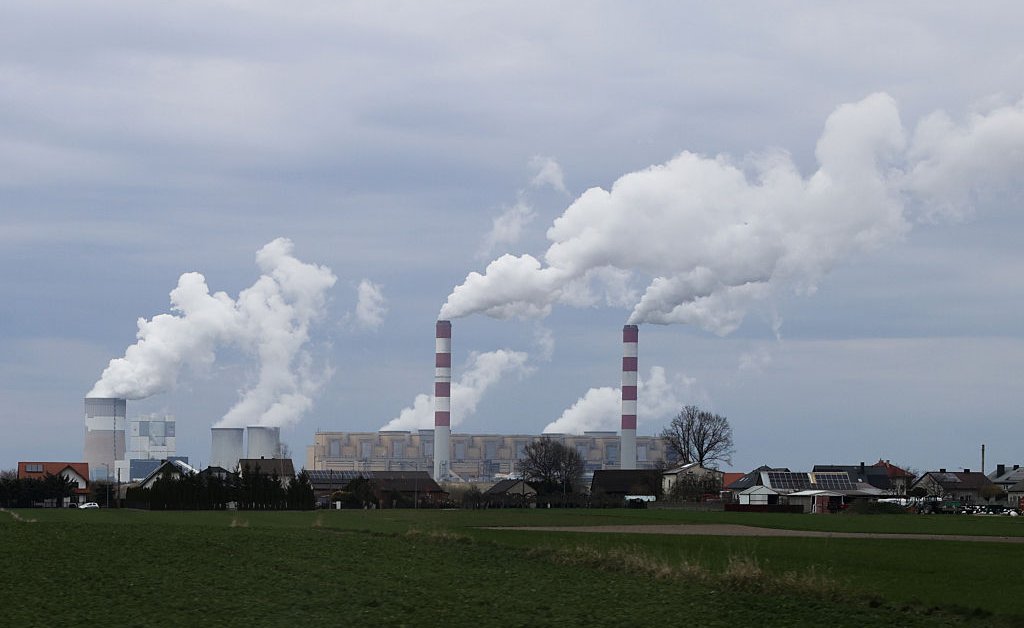Air Pollution's Deadly Toll: How Reducing Emissions Can Save Thousands

Welcome to your ultimate source for breaking news, trending updates, and in-depth stories from around the world. Whether it's politics, technology, entertainment, sports, or lifestyle, we bring you real-time updates that keep you informed and ahead of the curve.
Our team works tirelessly to ensure you never miss a moment. From the latest developments in global events to the most talked-about topics on social media, our news platform is designed to deliver accurate and timely information, all in one place.
Stay in the know and join thousands of readers who trust us for reliable, up-to-date content. Explore our expertly curated articles and dive deeper into the stories that matter to you. Visit Best Website now and be part of the conversation. Don't miss out on the headlines that shape our world!
Table of Contents
Air Pollution's Deadly Toll: How Reducing Emissions Can Save Thousands
Air pollution is a silent killer, claiming millions of lives annually and costing global economies trillions. This isn't just a distant environmental concern; it's a public health crisis demanding immediate action. The World Health Organization (WHO) estimates that 7 million premature deaths are attributable to air pollution each year, highlighting the urgent need for effective emission reduction strategies. This article delves into the devastating impact of air pollution and explores how proactive measures can significantly reduce its deadly toll.
The Devastating Impact of Air Pollution
Air pollution encompasses a complex mix of harmful pollutants, including particulate matter (PM2.5 and PM10), ozone, nitrogen dioxide, and sulfur dioxide. These pollutants, often stemming from industrial emissions, vehicle exhaust, and power generation, penetrate deep into our lungs and bloodstream, causing a cascade of health problems.
- Respiratory Diseases: Air pollution exacerbates respiratory illnesses like asthma, bronchitis, and emphysema, leading to increased hospitalizations and premature death. Children and the elderly are particularly vulnerable.
- Cardiovascular Diseases: Studies consistently link long-term exposure to air pollution with an increased risk of heart attacks, strokes, and other cardiovascular diseases. The tiny particles in polluted air can inflame blood vessels, leading to plaque buildup and reduced blood flow.
- Cancer: Certain air pollutants are known carcinogens, increasing the risk of lung cancer and other cancers. Long-term exposure significantly elevates this risk.
- Neurological Problems: Emerging research suggests a link between air pollution and neurological disorders, including dementia and cognitive decline. The impact on brain development in children is also a growing concern.
Reducing Emissions: A Multi-pronged Approach
Combating this global health crisis requires a multifaceted approach involving governments, industries, and individuals. Here are key strategies to significantly reduce harmful emissions:
1. Transition to Renewable Energy: Investing heavily in renewable energy sources like solar and wind power is crucial to reducing reliance on fossil fuels, a major contributor to air pollution. This transition requires substantial government investment in infrastructure and research. [Link to article on renewable energy advancements]
2. Stricter Vehicle Emission Standards: Implementing and enforcing stringent emission standards for vehicles, promoting electric vehicles, and investing in public transportation are vital steps. This includes phasing out older, less efficient vehicles. [Link to government website on vehicle emission standards]
3. Industrial Emission Controls: Industries must adopt cleaner production technologies and implement robust emission control systems to minimize their environmental footprint. Regular monitoring and enforcement are critical.
4. Improved Urban Planning: Creating greener urban spaces, promoting cycling and walking, and improving air quality monitoring networks are essential components of a comprehensive strategy. This includes the strategic placement of green spaces to act as natural air filters.
5. Public Awareness Campaigns: Educating the public about the health risks associated with air pollution and promoting individual actions, such as reducing car usage and using public transport, are crucial for widespread behavioral change.
Saving Thousands of Lives: The Urgent Need for Action
The evidence is clear: reducing air pollution is not just an environmental imperative; it's a matter of life and death. By implementing these strategies decisively and collaboratively, we can significantly reduce the devastating health impacts of air pollution and save thousands of lives each year. The cost of inaction far outweighs the investment needed to create cleaner, healthier communities for generations to come. Let’s make clean air a global priority.
Call to Action: Learn more about air quality in your area and take steps to reduce your personal carbon footprint. Contact your local representatives and urge them to support policies that prioritize clean air.

Thank you for visiting our website, your trusted source for the latest updates and in-depth coverage on Air Pollution's Deadly Toll: How Reducing Emissions Can Save Thousands. We're committed to keeping you informed with timely and accurate information to meet your curiosity and needs.
If you have any questions, suggestions, or feedback, we'd love to hear from you. Your insights are valuable to us and help us improve to serve you better. Feel free to reach out through our contact page.
Don't forget to bookmark our website and check back regularly for the latest headlines and trending topics. See you next time, and thank you for being part of our growing community!
Featured Posts
-
 Nyt Spelling Bee Solution May 8th 2024 Puzzle 431 Help
May 10, 2025
Nyt Spelling Bee Solution May 8th 2024 Puzzle 431 Help
May 10, 2025 -
 Clean Air Act Reducing Emissions To Prevent Thousands Of Premature Deaths From Air Pollution
May 10, 2025
Clean Air Act Reducing Emissions To Prevent Thousands Of Premature Deaths From Air Pollution
May 10, 2025 -
 Air Jordans University Connection A Look At The Exclusive Alma Mater Edition
May 10, 2025
Air Jordans University Connection A Look At The Exclusive Alma Mater Edition
May 10, 2025 -
 Celebrated Humorist Dave Barry Offers Key Writing Insight
May 10, 2025
Celebrated Humorist Dave Barry Offers Key Writing Insight
May 10, 2025 -
 Times 2025 Influencers A Look At The List And Its Impact
May 10, 2025
Times 2025 Influencers A Look At The List And Its Impact
May 10, 2025
